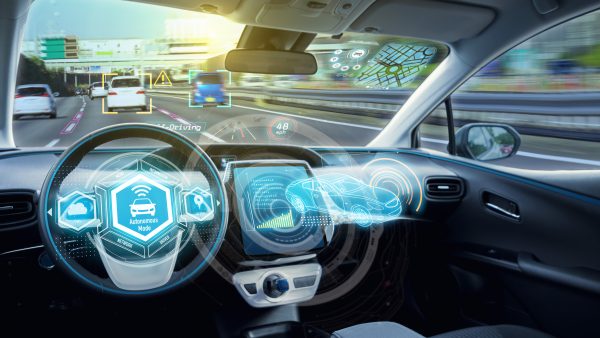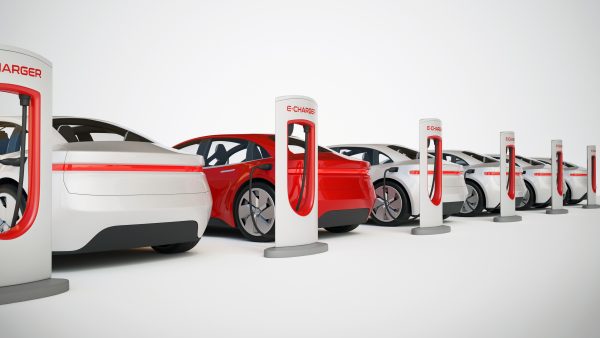What does the future of autonomous driving look like? Let’s look at how plastics are enabling some of the latest and most innovative trends in future cars.

Autonomous Vehicles
Plastics are helping self-driving cars become a reality through flexible seating configurations, anti-microbial and self-cleaning interiors, Light Imaging Detection and Radar (LIDAR), sensors, ride sharing, and more.

Connected Vehicles
Plastics are helping our automobiles to become more connected. From interactive display systems, infotainment electronics, human-machine interface-haptics, the Internet of Things (IoT), artificial intelligence and more, plastics are taking the connectedness of today’s phones to our cars and into the next century.

EV Technology
Electric and hybrid propulsion systems are more popular than ever before. Lightweight materials like plastic and composites help to make this possible by reducing weight, while at the same time increasing vehicle performance and battery range.

Automotive Sustainability
Plastic car parts help make our automobiles more lightweight — and therefore, more fuel-efficient. Lightweighting plastics, multi-material joining, plastics recovery, recycling, and reuse will help preserve a clean and green earth.
Stay Up to Date
Sign up to receive our newsletter and get the latest delivered to your inbox.
The Future Starts Here
The Automotive Plastics and Polymer Composites Roadmap for Future Mobility is charting the path forward in autonomy, connectivity, circularity, electrification, shared mobility, and sustainability.
Access the Roadmap
